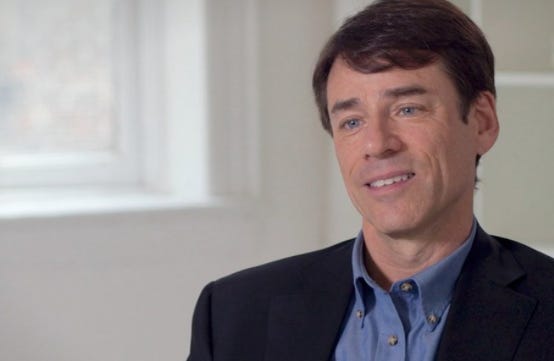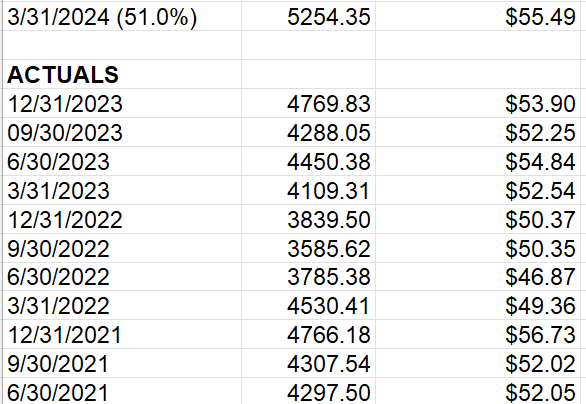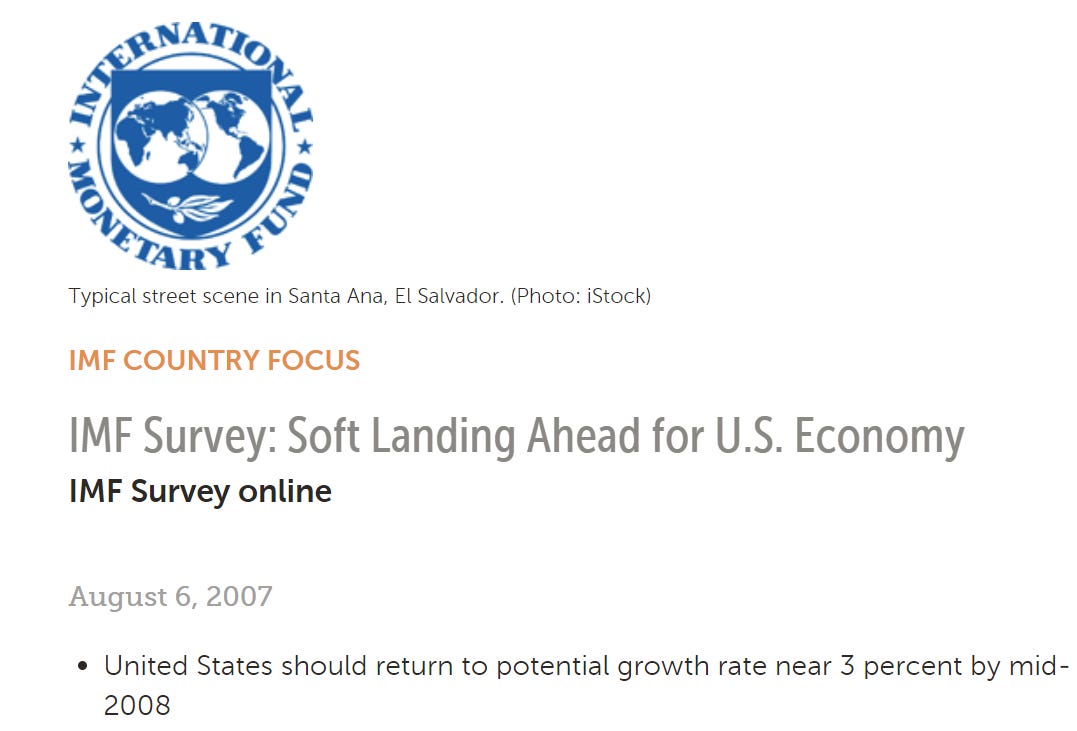New Inflation Floor Will Be 3%: Mark Spiegel
Mark's updated take on the market’s valuation and his longstanding bet against Tesla.
Friend of Fringe Finance Mark B. Spiegel of Stanphyl Capital released his most recent investor letter on April 30, 2024, with his updated take on the market’s valuation and his longstanding bet against Tesla.
Mark is a recurring guest on my podcast and definitely one of Wall Street’s iconoclasts. I just spoke with him about 2 weeks ago:
I read every letter he publishes and thought it would be a great idea to share them with my readers.
Like many of my friends/guests, he’s the type of voice that gets little coverage in the mainstream media, which, in my opinion, makes him someone worth listening to twice as closely.
Mark was kind enough to allow me to share his thoughts from his April 2024 investor letter (edited slightly for length and grammar by QTR). This letter also contains positions his fund has on, both long and short.
Mark On Markets And The Economy
This month’s gain was due to a decline in the S&P 500 (which we’re short via SPY & VOO), partially offset by a gain in the price of our Tesla short position (despite that company’s fundamentally disastrous April), accompanied by a drop in the price of our Volkswagen long position. I discuss VW and Tesla later in this letter, so let’s talk about the S&P which, despite this month’s slight correction, is still very expensive.
In the far-right column below from Standard & Poor’s are the 12 most recent quarterly operating earnings for the S&P 500 (with Q1 2024 estimated with 51% of companies having reported) and, in the middle column, the price of the S&P 500 as of that date. (The S&P 500 is now at 5035.)
Notice anything interesting?
Nominal earnings have barely grown in the last three years, and although Q1 2024 earnings are estimated to have been up 5.6% year-over-year, that’s only around 2.1% CPI-adjusted. Additionally, those latest earnings are lower “nominally” and *much* lower “inflation-adjusted” than they were way back in Q4 2021 (when stock prices were much lower)! In fact, adjusting for inflation, Q1 2024 earnings came in lower than every quarter of 2021!
Annualizing those Q1 2024 earnings to $221.96 ($55.49 x 4) and putting a long-term market average 16x multiple on them would bring the S&P 500 all the way down to just 3551 vs. April’s close of 5035. Even an 18x multiple would bring the S&P down to just 3995 vs. the current 5035. And then what happens to those earnings when we get a recession?
Yes, the recession that I (and many leading indicators) predicted hasn’t yet arrived, but not yet arriving isn’t the same as not arriving, and I strongly believe that a recession will appear this year and the expensive stock market will suffer severely from it.
The consensus is now for either “no landing” or a “soft landing,” yet before even the worst recessions the consensus is nearly always for a “soft landing”; for example, here’s just one headline of many from August 2007:
In fact, for reasons I clearly lay out below, I still strongly believe that the U.S. economy is headed for a hard landing, yet despite myriad lurking dangers—both economic and geopolitical—the stock market is still very expensive. Here are a few charts that perfectly capture the market’s decoupling from “reality”…
Why do I believe so strongly that we face a “hard landing”? For the same reasons I’ve been stating for a while:
There’s no way an “everything bubble” built on over a decade of 0% interest rates and trillions of dollars of worldwide “quantitative easing” can not implode when confronted with 5% rates and $95 billion/month in U.S. quantitative tightening plus tighter money from the ECB, BOJ and other central banks.
And contrary to the belief of equity bulls with short memories, when an asset bubble unwinds, lower inflation and lower interest rates won’t immediately ride to the rescue. When the 2000 bubble burst and the Nasdaq was down 83% through its 2002 low and the S&P 500 was down 50%, the rates of CPI inflation were 3.4% in 2000, 2.8% in 2001 and 1.6% in 2002, and the Fed was cutting rates almost the entire time.
Yes, a nasty recession has been delayed due to a combination of interest rate lag effects, leftover “Covid cash” (which the San Francisco Fed believes will soon run out), and consumers loading up on credit card debt, but a hard landing will soon arrive as consumer debt delinquencies are rapidly increasing while personal savings have collapsed and shipping freight data is already recessionary.
Meanwhile, the high current year-over-year inflation rates of 3.8% core CPI and 2.8% core PCE seem increasingly sticky, and thus I believe we’re in for a new core “inflation floor” of around 3% as the U.S. government racks up massive deficits while substantial wage increases continue.
Mark On Tesla And His Other Positions
Here then is some commentary on some of our additional positions; please note that we may add to or reduce them at any time…








